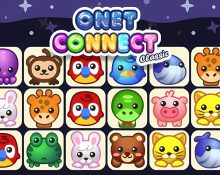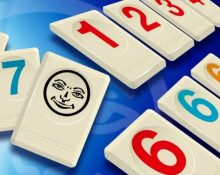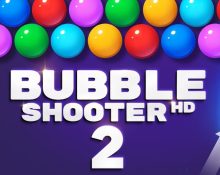The Game of Life
Advertisement
The Game of Life, a tableau of life’s serendipitous journey, encapsulates the essence of human experiences through the lens of a board game. Initially brought to life by Milton Bradley in the 19th century, this game has transcended generations, adapting to reflect the evolving landscapes of societal norms and personal aspirations. At its heart, the game invites players to navigate a series of life stages — from selecting a career and advancing in education to making pivotal life decisions regarding family and retirement. It’s an engaging blend of strategy and chance, offering players a window into the impact of life’s choices within the confines of a playful, yet profound, board experience.
Embarking on Life’s Path
The onset of The Game of Life presents a choice between immediate career entry or the pursuit of higher education, laying down the foundational strategy for the game’s narrative. The board itself is a mosaic of life’s varied paths, dotted with opportunities for prosperity and pitfalls of misfortune, mirroring the real-world balance between planning and unpredictability. A spin of the wheel propels players forward, adding a layer of randomness that mimics life’s inherent uncertainties.
Navigating Milestones and Choices
As players traverse the board, they’re met with life’s key milestones — career shifts, familial expansions, and critical financial decisions. Each choice bears its weight, steering players toward different outcomes and teaching the value of foresight and adaptability. This gameplay mechanic not only entertains but also simulates the weight of real-life decisions in a format that’s both accessible and reflective, prompting players to consider the ramifications of their in-game choices.
A Primer in Financial Wisdom
Integral to The Game of Life is its introduction to fundamental economic concepts — the significance of savings, the impact of loans, and the strategies behind investments. Players manage their finances with the aim of achieving prosperity, all the while navigating the financial hurdles that could derail their progress. This aspect of the game underscores the importance of financial literacy, offering a simplified yet insightful exploration into managing life’s economic challenges.
Life’s Lessons Unveiled
At its conclusion, The Game of Life transcends mere entertainment, unveiling lessons on life’s unpredictability and the spectrum of choices that define our paths. It stands as a testament to the multifaceted nature of life’s journey, encapsulating the thrill of uncertainty, the challenges of decision-making, and the pursuit of personal and financial fulfillment. Through this game, players engage in a shared experience of joy and discovery, delving into discussions on life’s possibilities and the diverse routes it can take.























